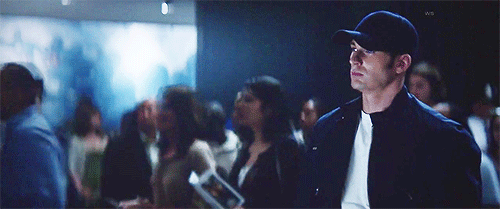I only knew of Bataan through my lolo’s perennial anecdotes about his experience during the Japanese occupation. He was seven when he and his dad had travel by foot and by boat to seek refuge in Bataan. Sweet potatoes are the only thing they could eat, he’d reiterate. However detailed my lolo’s stories were, Bataan remained to be just a mere setting. No photos nor vivid descriptions of the landscapes that could help me picture how Bataan was actually like.
But last May, Wincy surprised me with a well-planned weekend trip to Bataan. Finally! He already booked the hotel and even prepared an itinerary! My only task was to research where to eat. What I like best about Wincy’s itinerary was that it had a point of view, and some form of narrative that structured the whole trip.
Mt. Samat Shrine aka Dambana Ng Kagitingan
Initially, I thought the shrine would just be a simple giant cross on top of a mountain. When we got there, The Colonnade welcomed us – an Art Deco structure with marble walls and columns, stained glass panes, bronze installations and reliefs by Napoleon Abueva, all immortalising the tragedies and victories of the second World War.
At the corner of the Colonnade, there’s a small museum filled with artifacts. Looking at the weapons, worn out army uniforms and boots, news clippings and propaganda pamphlets felt reminiscent of this:

A quick uphill drive was the Memorial Cross, literally at the summit of Mt. Samat. From up close, the cross seemed more like a tower, clad with reliefs visualising our country’s history, our constant fight for freedom and independence.
Funny Break: When it started drizzling, Wincy and I took it as a cue to leave the shrine and check in our hotel. As I was getting down the Colonnade, I slipped. The soles of my Adidas Gazelles was relatively smooth, without grips. I had no way of controlling my fall – I slid down from the middle until the very last step. I didn’t scream because I didn’t want more people to see me. But a group of titas in a van screamed as they saw the whole ordeal while a distracted Wincy Ong (who was waiting in the car beside the titas) didn’t even see my very own epic “Fall of Bataan”.
On the way to Balanga, installations trailed the road, as if marking specific spots. Intrigued, we slowed down for a bit and discovered these installations were markers of the tragic Bataan Death March. Passing through markers to markers, I felt my sadness transform into a sense of gratitude and honor, realising that many Filipinos fought and died for our independence.
Balanga: Nostalgic Cosmopolitan
We stayed overnight in The Plaza Hotel, which was right at the heart of Balanga. Our room had a view of the town – you’d see the plaza where people gather for concerts and parties, the Balanga Cathedral, the mall, the city hall, and connected to it was the city library. Balanga was like a little Barcelona – a modern cultural center veiled by nostalgic architecture.
Like I mentioned, my only task was to find the right places to eat. Great food was not hard to find in Bataan, especially if you have a friend who actually lives there. Thanks to my good friend Michael, we got to try all these:
- Inside our hotel was a japanese restaurant popular to the locals, Cafe Kyoto.
- Stregato Gelateria is a few minute walk from the hotel. They also serve Italian savory dishes.
- Roberto’s serve good steaks, barbecue and burgers. They also have good coffee and desserts. It’s just across the plaza.
- The Beanery is a well-loved cafe in Bataan. They serve a wide range of coffee drinks (from your usuals to dessert-like frappes), as well as snacks and hearty meals. It’s actually so refreshing to see a local brand thrive over chain cafes.
Exploring Balanga was a perfect slow down to our rather historical and educational day trip.